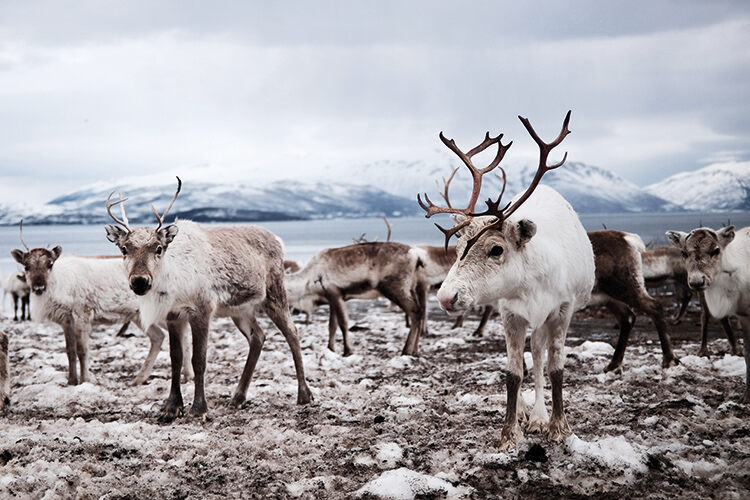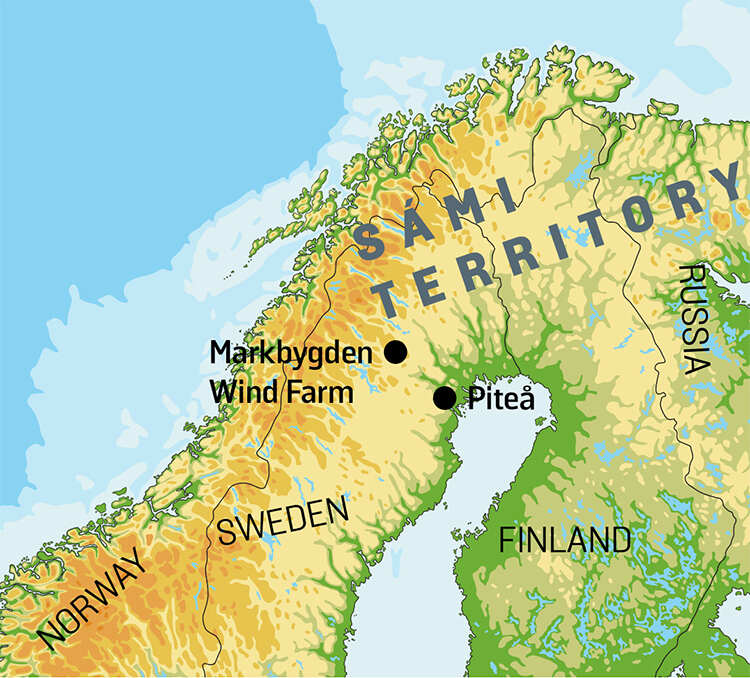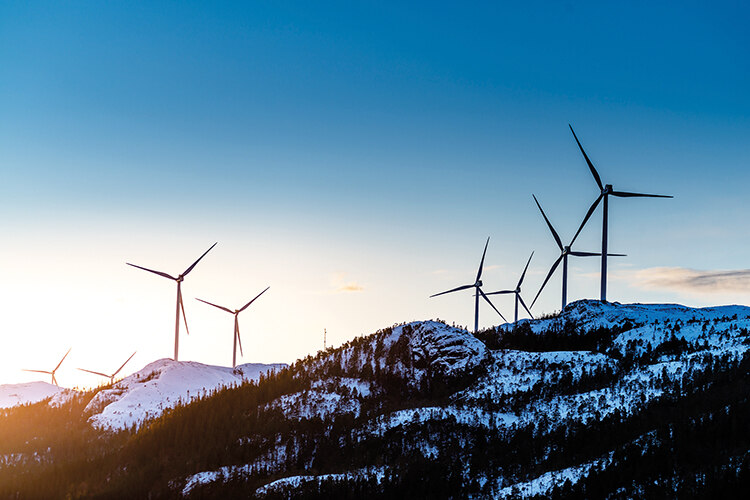
Energy companies must do more to ensure the transition to wind and solar doesn’t come at the expense of Indigenous communities
By
Markbygden onshore wind farm in Piteå, Sweden, is on track to be Europe’s largest. Scheduled for completion in 2025, once fully constructed, it could produce up to 12 TWh per year, enough to power 400,000 Swedish homes.
However, the site earmarked for development – an elevated plateau where wind conditions are ideal for the farm’s 1,101 turbines – extends across 450 square kilometres of reindeer grazing land belonging to the Östra Kikkejaure Sámi community. Despite community opposition, the Swedish government approved the project in 2010, deciding that the benefits of wind power expansion outweighed any impact on local livelihoods.
In many regions, the green energy transition – essential for keeping average global temperatures below a 2°C rise – has already come at the expense of Indigenous peoples. Since 2010, the Business & Human Rights Resource Centre has identified more than 200 allegations of human rights abuses related to renewable energy projects, the most serious of which concern Indigenous communities. Just over half of these allegations come from hydropower projects, but a growing number of major wind and solar projects in countries such as Brazil, China, India, Indonesia, Kenya and Mexico have been accused of violating Indigenous peoples’ rights and illegal land grabs.

For the Sámi – Europe’s only recognised Indigenous people – reindeer herding has historically been a way of life. Today, only a minority still herd reindeer seasonally, and their right to uphold their cultural heritage is protected under international human rights law. Despite this, Sámi lands and resources are not uncontested, and have long been threatened by logging and development. The fact that Sápmi, the preferred Sámi name for Lapland, is located across four countries (Norway, Sweden, Finland and Russia) has made the recognition and protection of Sámi rights particularly challenging.
It’s not the first time that Sámi communities have been caught up in the shift to green energy solutions. In the 1970s, the proposal to build a 110 metre-high hydroelectric dam across the Alta River in Norway, submerging a Sámi village and reindeer pasture in the process, was deemed by Norway’s Supreme Court as not severe enough to constitute a human rights violation. Dorothée Cambou, an expert in Indigenous peoples’ rights, explains that for an activity to breach the threshold for violation, it must be considered to have a significant negative impact on a person or group’s rights. ‘The problem is who gets to define where that threshold lies,’ says Cambou, adding that this is usually decided by the environmental impact assessments produced by developers. ‘It’s not the Sami themselves who get to decide what constitutes a significant impact on their rights.’
Sámi communities argue that the sounds and sight of large-scale wind farms disturb their reindeer, particularly during the calving season, but a lack of consensus among scientists means that these concerns have typically been ignored. In October 2021, however, the Supreme Court of Norway ruled that the decision to construct a complex of six wind farms in Fosen, Norway, violated the rights of the Sør-Fosen and Nord-Fosen Sámi herding communities. Cambou describes it as a truly significant and historic verdict. ‘It was the first time that the Supreme Court, by unanimous ruling, decided that a project was in violation of Sami rights to culture.’

Cambou says that the deciding factor in the court’s decision was evidence from studies showing that reindeer husbandry is severely impacted by wind power, and that the cumulative impacts of the Fosen wind project would threaten the future existence of reindeer herding in the area. Crucially, says Cambour, these reports included both scientific and Indigenous knowledge. ‘They were co-produced with the Sámi reindeer herders, the same cannot be said for the impact assessment provided by the Fosen wind project.’
Despite the decision, it took another two years for a partial agreement to be reached with the Sør-Fosen community in December 2023. ‘It took such a long time for the government to act that Sámi took to the streets to protest. I find that really striking given that Norway is portrayed as a leading country in terms of its human rights record.’ Cambou says she wonders whether the Sør-Fosen community, who have agreed to financial compensation and the provision of additional winter grazing areas, had much choice given that the project had already been built. In March this year, an agreement was also reached with the Nord-Fosen community, who had – until recently – continued to demand the demolition of more than 40 wind turbines.
Nonetheless, Cambou believes that the outcome of the Fosen case will probably be significant for future wind farm projects in Norway, perhaps even in Sweden too, albeit not for the construction of Markbygden which is almost complete. ‘However,’ she adds, ‘I worry when I hear governments speaking about fast-tracking energy projects for the green transition, because then we have a problem. It’s really not compatible with human rights and Indigenous peoples’ rights.’



